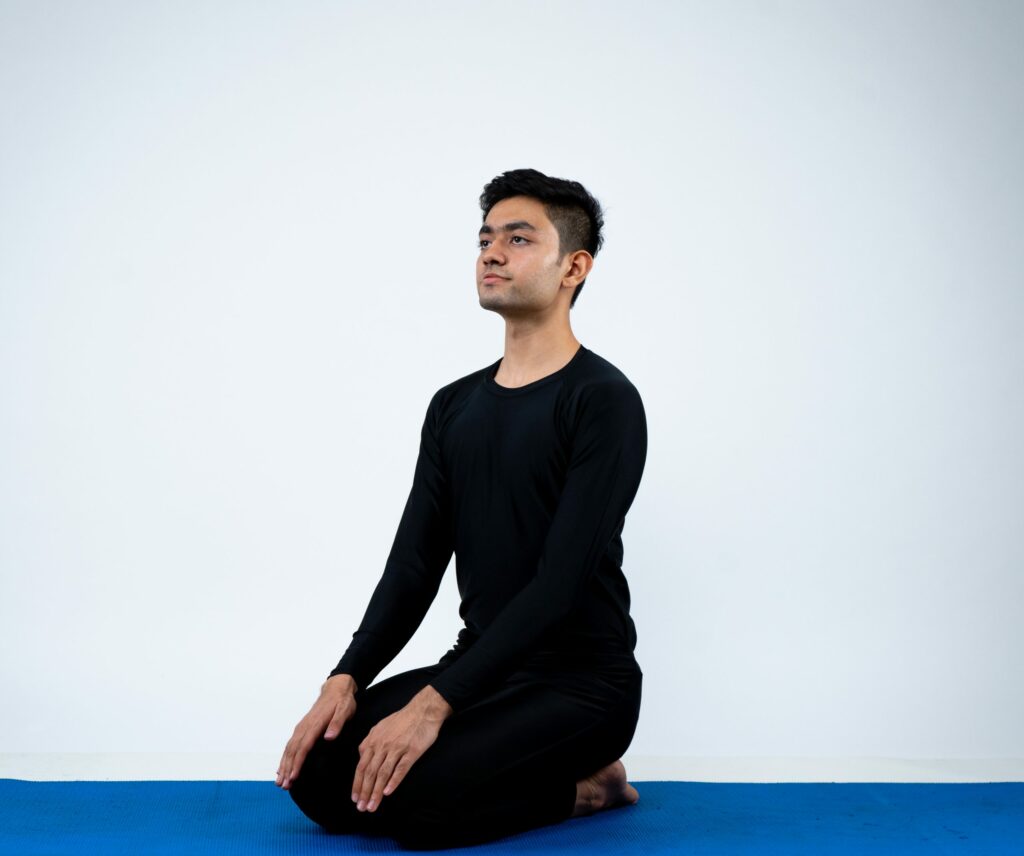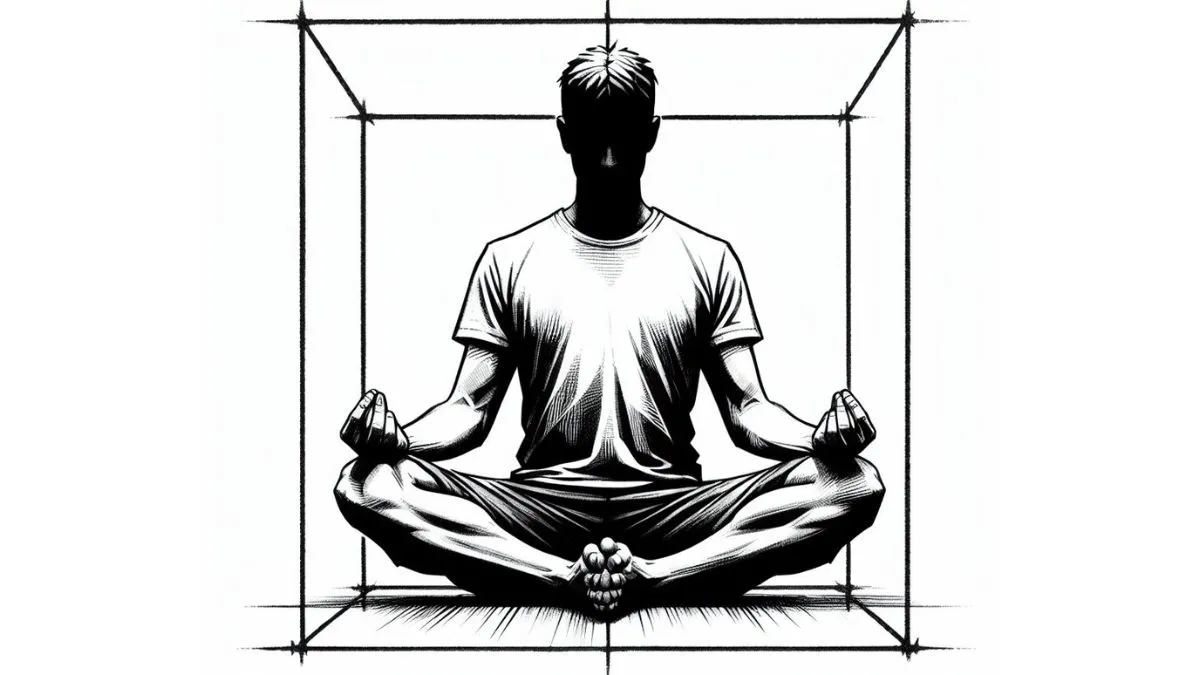Introduction
Vajrasana, also known as the Diamond Pose, is one of the most revered and ancient yoga postures that have stood the test of time. Derived from the Sanskrit words “Vajra” (diamond or thunderbolt) and “asana” (pose), this seated position holds great significance in yoga and meditation practices. In this article, we will explore the origins, benefits, step-by-step guide, and precautions of practicing Vajrasana.
A Glimpse into the Roots of Vajrasana
Vajrasana’s roots can be traced back to the early yogic practices of ancient India. With its mention in various traditional yoga texts like the Hatha Yoga Pradipika and Patanjali’s Yoga Sutras, Vajrasana holds spiritual and therapeutic significance. It is believed that the pose aids in maintaining the flow of energy through the body, resulting in improved physical and mental well-being.
How to Practice Vajrasana

Step-by-step instructions for practicing Vajrasana:
- Find a quiet and peaceful space to sit comfortably on the floor.
- Kneel down and bring your big toes together, keeping some space between your heels.
- Gently lower your hips onto your heels, with your spine erect and shoulders relaxed.
- Place your hands on your knees, palms down, in Jnana mudra (thumb and index finger gently touching).
- Close your eyes and take deep, mindful breaths.
- Hold the pose for as long as it feels comfortable, gradually increasing the duration with practice.
The Benefits of Vajrasana
Vajrasana offers a wide range of benefits, making it a favored pose among practitioners:
- a) Improved Digestion: Sitting in Vajrasana after meals can aid digestion by promoting blood flow to the digestive organs and enhancing their functionality.
- b) Strengthened Pelvic Muscles: Regular practice can help strengthen the pelvic muscles, benefiting both men and women.
- c) Alleviated Sciatic Pain: Vajrasana stretches and relieves tension in the sciatic nerves, offering relief from sciatic pain.
- d) Enhanced Posture: The pose helps in improving overall posture by aligning the spine and reducing back strain.
- e) Calmness and Focus: Vajrasana is a meditative pose that calms the mind, reduces anxiety, and enhances concentration.
- f) Improved Blood Circulation: The sitting position aids in better blood circulation to the lower body and pelvic region.
Vajrasana for Meditation
The comfortable and stable nature of Vajrasana makes it an ideal posture for meditation. Its grounding effect allows the mind to settle, facilitating a deeper meditation experience. The pose promotes an upward flow of energy, creating a conducive environment for spiritual practices.
Precautions and Contraindications
While Vajrasana is generally safe for most individuals, certain precautions should be taken:
- a) Knee or Ankle Issues: People with knee or ankle problems should avoid or modify the pose to prevent discomfort or injury.
- b) Pregnancy: Pregnant women should avoid practicing Vajrasana for an extended period, especially during advanced stages of pregnancy.
- c) Recent Surgeries: Those who have undergone abdominal or knee surgeries should avoid the pose until they have fully recovered.
- d) Discomfort or Pain: If you experience any pain or discomfort while in the pose, slowly come out of it and consult a yoga instructor or healthcare professional.
Conclusion
Vajrasana, the Diamond Pose, is a timeless yoga posture that embodies tranquility and strength. Its deep-rooted history, combined with the numerous physical and mental benefits it offers, makes it a valuable addition to any yoga or meditation practice. By practicing it with awareness, reverence, and caution, individuals can unlock the true potential of this ancient pose and experience a sense of serenity and well-being like never before.


